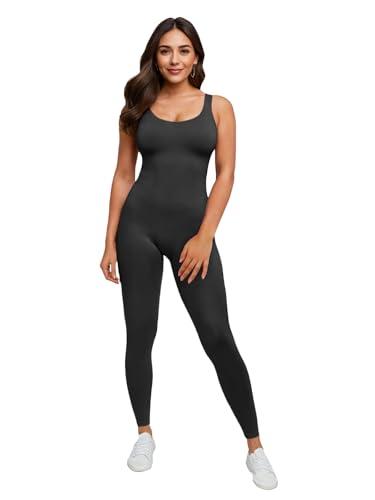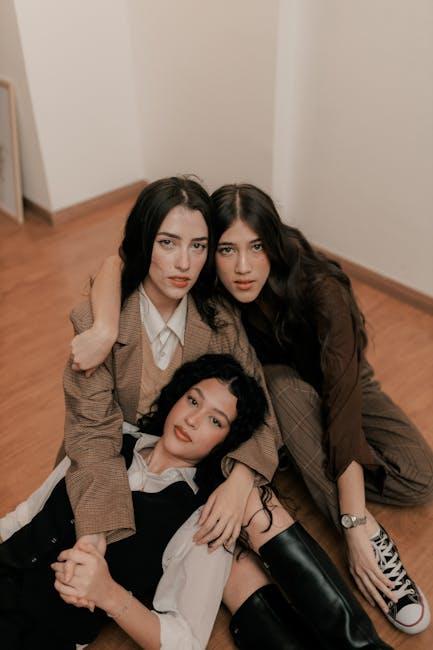As the temperature drops and the chill of winter sets in, mastering the art of layering becomes essential—not just for warmth, but for style. Gone are the days when bundling up meant sacrificing your fashion sense. With the right techniques and a keen eye for detail, you can create ensembles that are both functional and fashionable. This guide will walk you through the principles of layering clothes for cold weather, helping you achieve a look that is effortlessly stylish while keeping you comfortably cozy. From choosing the right fabrics to coordinating colors and textures, we’ll cover everything you need to know to stay chic and warm all season long.
Mastering the Art of Layering: Essential Techniques for Cold Weather Style
Layering is more than just a practical response to cold weather; it’s an opportunity to showcase your personal style. Start with a base layer that is snug and moisture-wicking to keep sweat away from your body. Materials like merino wool or synthetic blends work best. Follow this with a mid-layer that provides insulation, such as a fleece or a down vest. This layer should be slightly looser to trap warm air but not so bulky that it restricts movement.
For your outer layer, choose a windproof and waterproof jacket to shield against the elements. Opt for a tailored fit to maintain a sleek silhouette. Remember, accessories can make or break your look. Consider these stylish additions:
- Scarves: Choose bold patterns or vibrant colors to add a pop of interest.
- Hats: A beanie or fedora can add both warmth and a touch of flair.
- Gloves: Leather or wool gloves not only keep your hands warm but also add sophistication.
Mix textures and colors to create a dynamic outfit, but keep the palette cohesive to avoid clashing. The key is balance: each layer should complement the others, both functionally and aesthetically.

Choosing the Right Fabrics: A Guide to Warmth and Elegance
In the quest for warmth and style during the colder months, the choice of fabric plays a pivotal role. The key is to opt for materials that offer both insulation and sophistication. Wool is a perennial favorite, providing excellent warmth while adding a touch of elegance to any outfit. Consider a woolen overcoat or a finely knitted sweater for your outer layer. Cashmere, known for its luxurious feel, is another excellent option that adds a layer of warmth without bulk. For those seeking a vegan alternative, fleece offers similar insulating properties and is often available in stylish cuts and colors.
When layering, start with a base layer made of materials like merino wool or silk; these fabrics are excellent at wicking moisture away from the body, keeping you dry and warm. The middle layer should focus on insulation, with options like down or synthetic fibers providing the necessary warmth without compromising on style. For the outer layer, consider windproof and waterproof fabrics such as Gore-Tex or treated cotton to shield you from the elements. Here are some fabrics to consider:
- Wool – Insulating and classic
- Cashmere – Luxurious and warm
- Merino Wool – Soft and moisture-wicking
- Fleece – Vegan-friendly and insulating
- Gore-Tex – Protective and breathable
By carefully selecting the right fabrics, you can achieve a look that is both warm and effortlessly stylish.
Balancing Function and Fashion: Combining Layers for a Chic Look
When it comes to staying warm without sacrificing style, the art of layering is your best friend. Start with a base layer made of moisture-wicking materials like merino wool or thermal fabrics to keep you dry and insulated. Add a middle layer such as a chunky knit sweater or a tailored vest for warmth and texture. The key is to play with different textures and colors to add depth to your ensemble. Don’t shy away from bold patterns or rich hues to make a statement.
Next, focus on the outer layer, which should be both functional and fashionable. A classic trench coat or a sleek puffer jacket can add a touch of elegance while keeping the chill at bay. Accessories are crucial in completing the look—consider scarves, hats, and gloves in complementary colors or contrasting shades. Here’s a quick checklist for stylish layering:
- Choose a neutral base for versatility.
- Mix textures for a dynamic look.
- Incorporate a statement piece to stand out.
- Opt for layers that can be easily added or removed.
Accessorizing with Purpose: Elevate Your Layered Outfit with Key Pieces
When it comes to layering for the cold, accessorizing is your secret weapon to turn a functional outfit into a fashion statement. Key pieces can transform your look, adding both warmth and flair. Consider investing in a few essential accessories that not only serve a practical purpose but also highlight your personal style. A classic wool scarf in a vibrant hue can act as a focal point, drawing attention to your ensemble while keeping you cozy. Don’t shy away from experimenting with textures either—think a chunky knit beanie paired with sleek leather gloves for a juxtaposition that screams chic.
- Belts: Use a statement belt over a long cardigan or coat to cinch the waist and add structure to your layers.
- Hats: Choose a fedora or beret in a complementary color to add a touch of sophistication.
- Jewelry: Layered necklaces can peek through a partially zipped jacket or a deep V-neck sweater, adding a subtle sparkle.
- Bags: Opt for crossbody bags or backpacks with unique textures or patterns to add an element of interest.
Remember, the goal is to create a balanced look where each accessory serves its purpose while enhancing the overall outfit. Mix and match different elements to find combinations that resonate with your style, ensuring you step out into the cold with confidence and flair.




